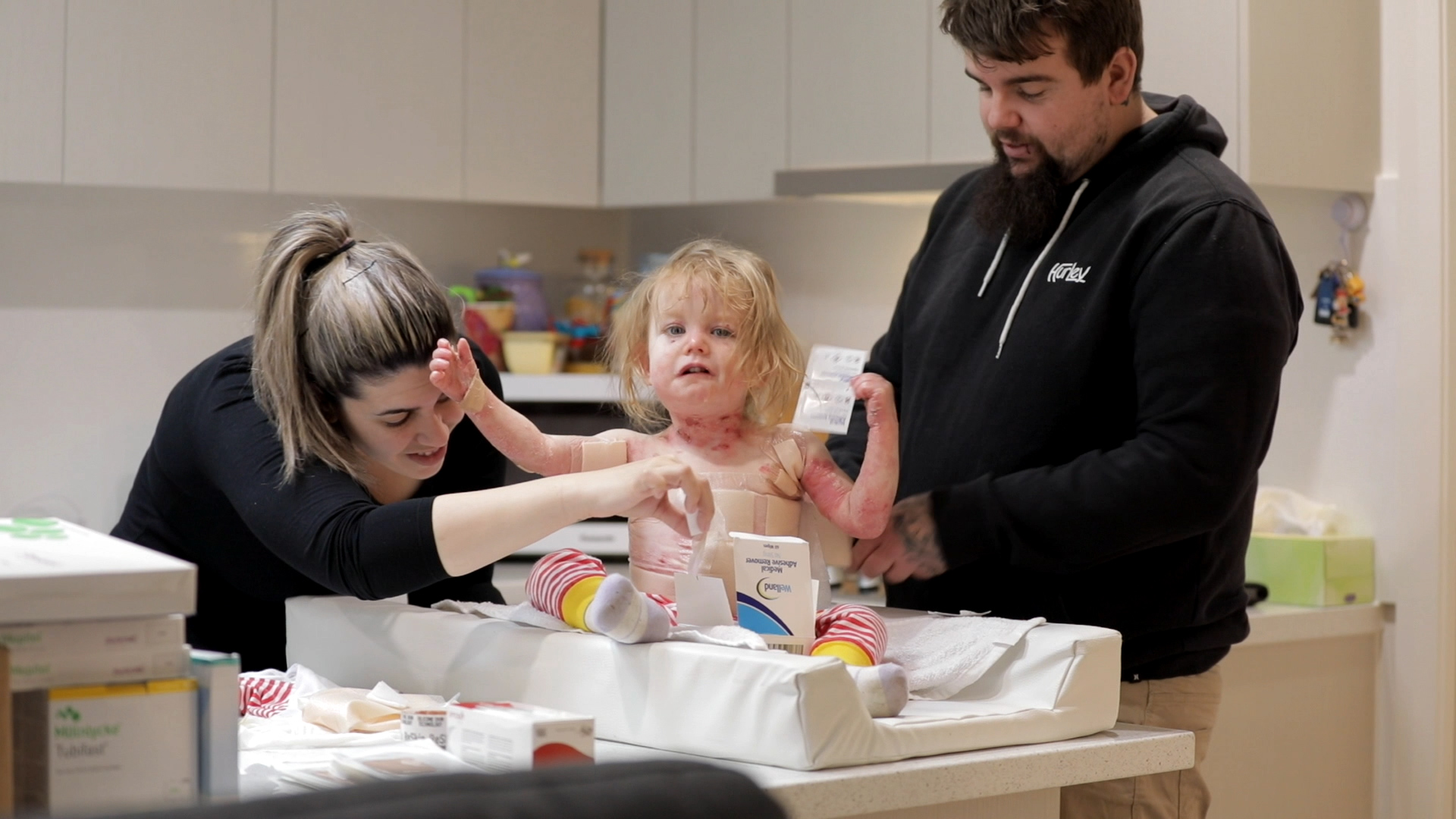Epidermolysis Bullosa – ‘The worst disease you’ve never heard of.’
What is Epidermolysis Bullosa?
Epidermolysis Bullosa is a rare skin disorder. Patients that suffer with EB have an issue with the glue that helps their skin cells stick to one another.
This means that friction can result in a spectrum of disease severity from blisters to large wounds.
Meet Alexis…
Alarna and Harley’s daughter Alexis lives with EB. Alexis is 2 years old and has been part of the National Epidermolysis Bullosa Dressing Scheme, since birth.
This scheme helps eligible people with EB access dressings, bandages and ancillary products at a reduced cost. The scheme is currently administered by Independence Australia on behalf of the Australian Government.
Alexis was born with significant wounds on her skin, particularly on her hands, feet and back. After some researching and communication with their local hospitals, the doctors determined that Alexis could possibly have EB. A few days later after a biopsy result, it was determined that Alexis had a recessive gene for EB.
Six months later, Alarna and Harley received bloodwork results that confirmed that they were both carriers of the EB gene, and that Alexis had indeed received both of those genes.
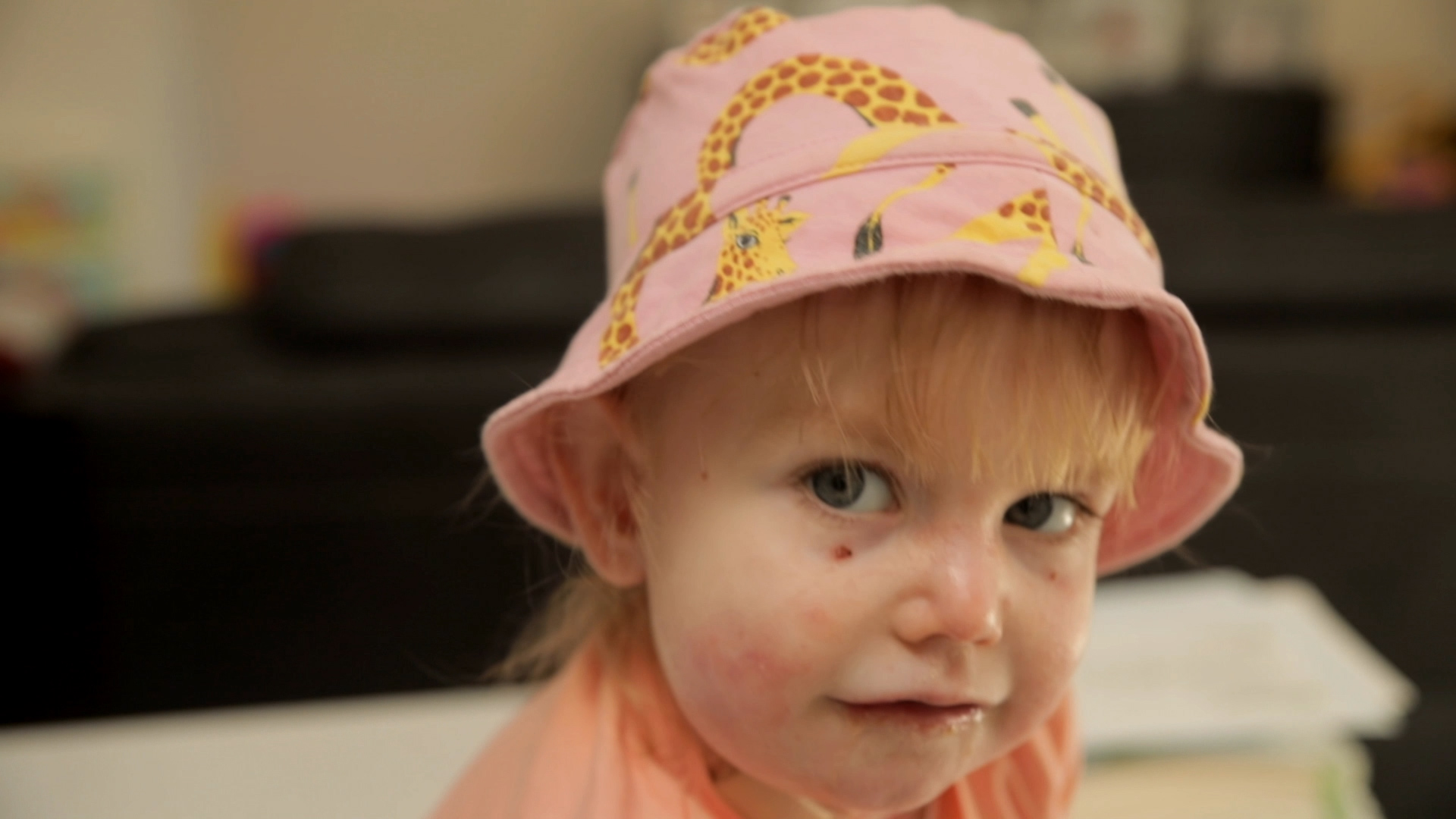
“Being a mum, and a nurse is hard.” Explains Alarna, “It’s hard to hold down a small child’s leg or arm, because you have to put a dressing on, because if we don’t, it’s going to get infected and she will get sick, then you’re not only going to be the nurse, you’re going to be the at-home mother taking care of your sick child.”
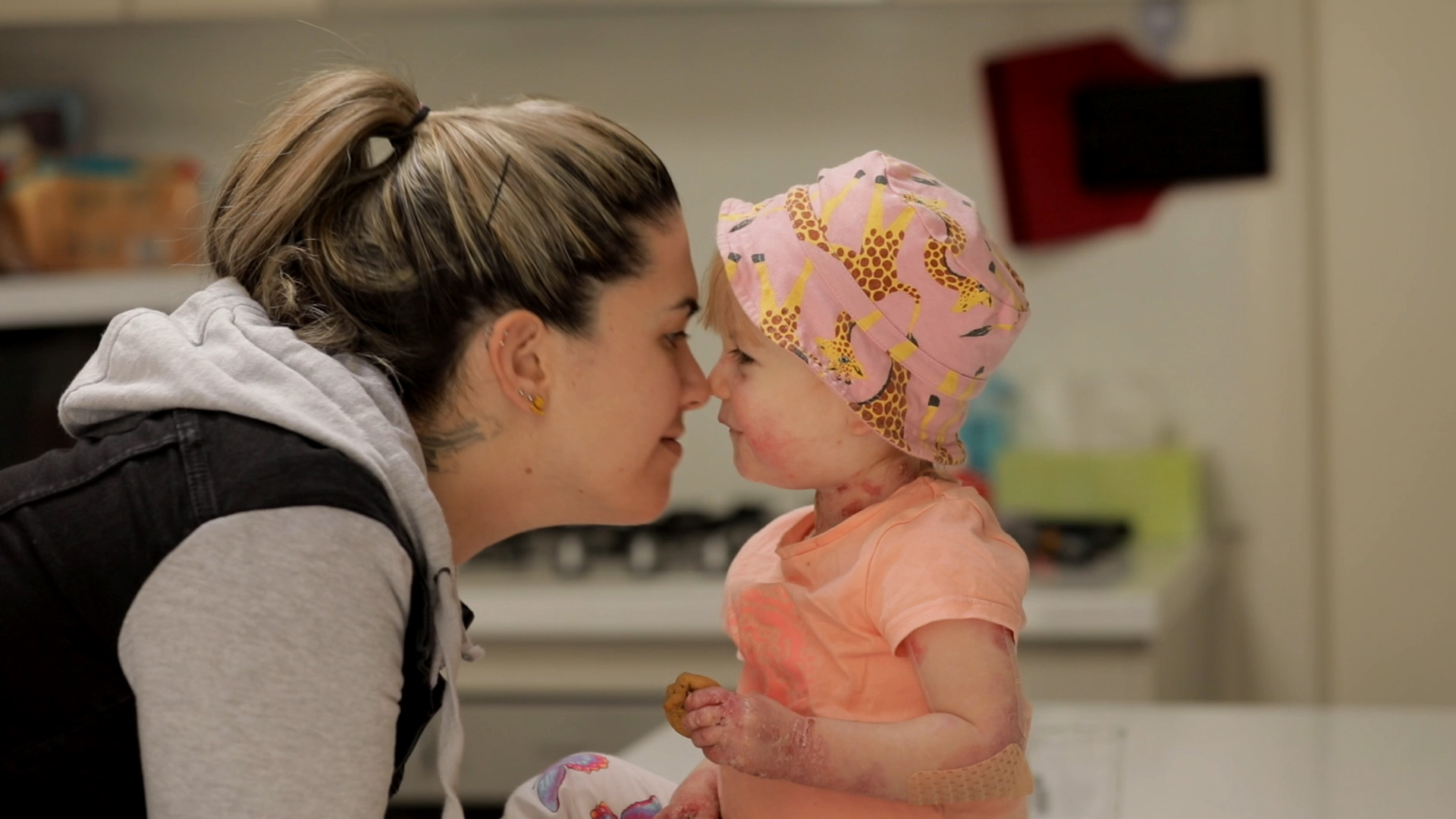
Each and every day Harley and Alarna have to take careful care of Alexis’ skin, although they don’t do full dressing changes each day, there are always dressings that require daily care.
The wound and dressing maintenance can take up to an hour every single day. On the days that require a full body dressing change, Alarna explains that depending on what type of wounds and blisters Alexis has on the day, it can sometimes take up to two hours, depending on their severity.
“No two days will be the same. The whole ordeal of doing a massive dressing change on those days can take anywhere between two and two and a half hours to do a complete change. It becomes really tiring, more for Alexis than us.”
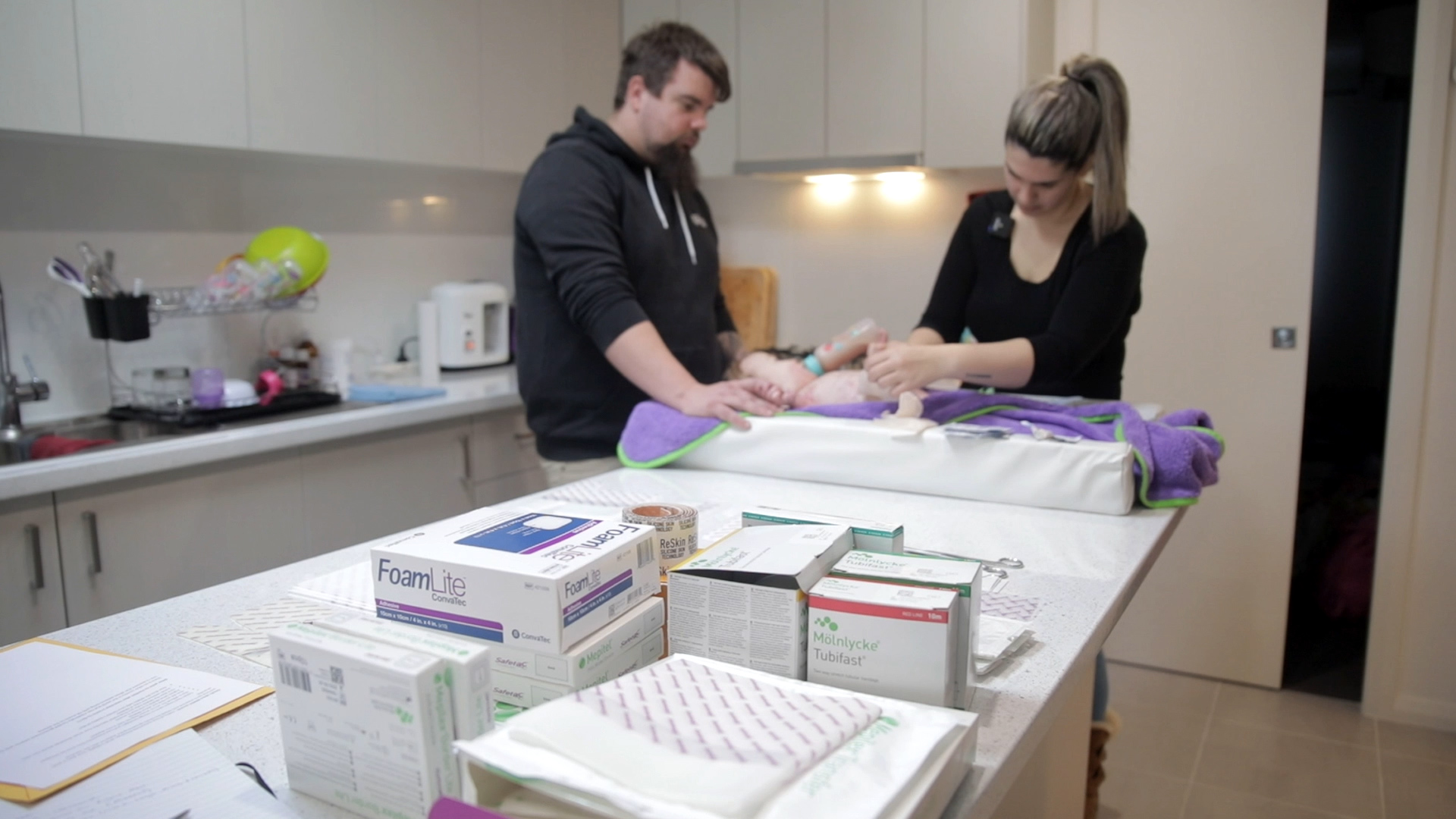
This lengthy process consists of undressing Alexis, taking her current dressings off, cutting and preparing the dressings that she will need on that day, lancing blisters and then re-dressing her whole body.
The hardest part for them when it comes to the full changes is getting Alexis to stay put in the bath long enough to allow her skin to soak. “With an EB child, it’s not as easy as chucking them in the bath and saying off you go, have a play, it’s quite repetitive and boring for her as she has to soak there for a little longer than normal.”
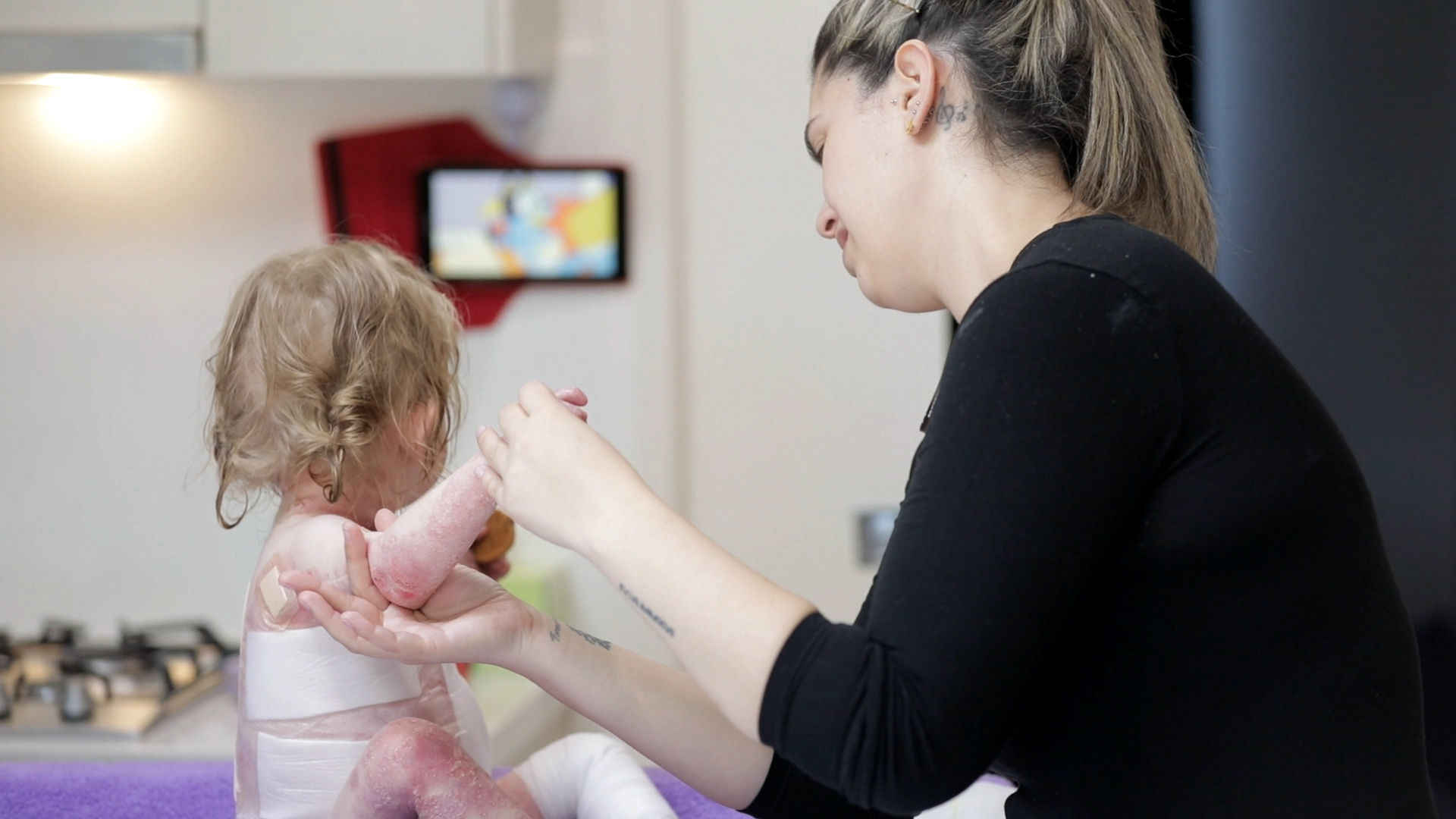
Harley and Alarna first accessed the dressings scheme through the hospital where Alexis received her diagnosis. The type of dressings and consumables that they are able to access on the scheme range from needles through to a vast variety of dressings, both ready-to-go and dressings that you can prepare yourself.
The dressings that they are provided are ordered monthly, and are delivered to their home or workplace depending on convenience. Because the two both work five days a week, being home to accept the delivery isn’t always an option. They provide Alexis’ day care and her doctors with ample supplies of her dressings too.
“An order that consists of up to tens of thousands of dollars, is now a very minimal cost to us monthly as it is subsidised by the government on the scheme.
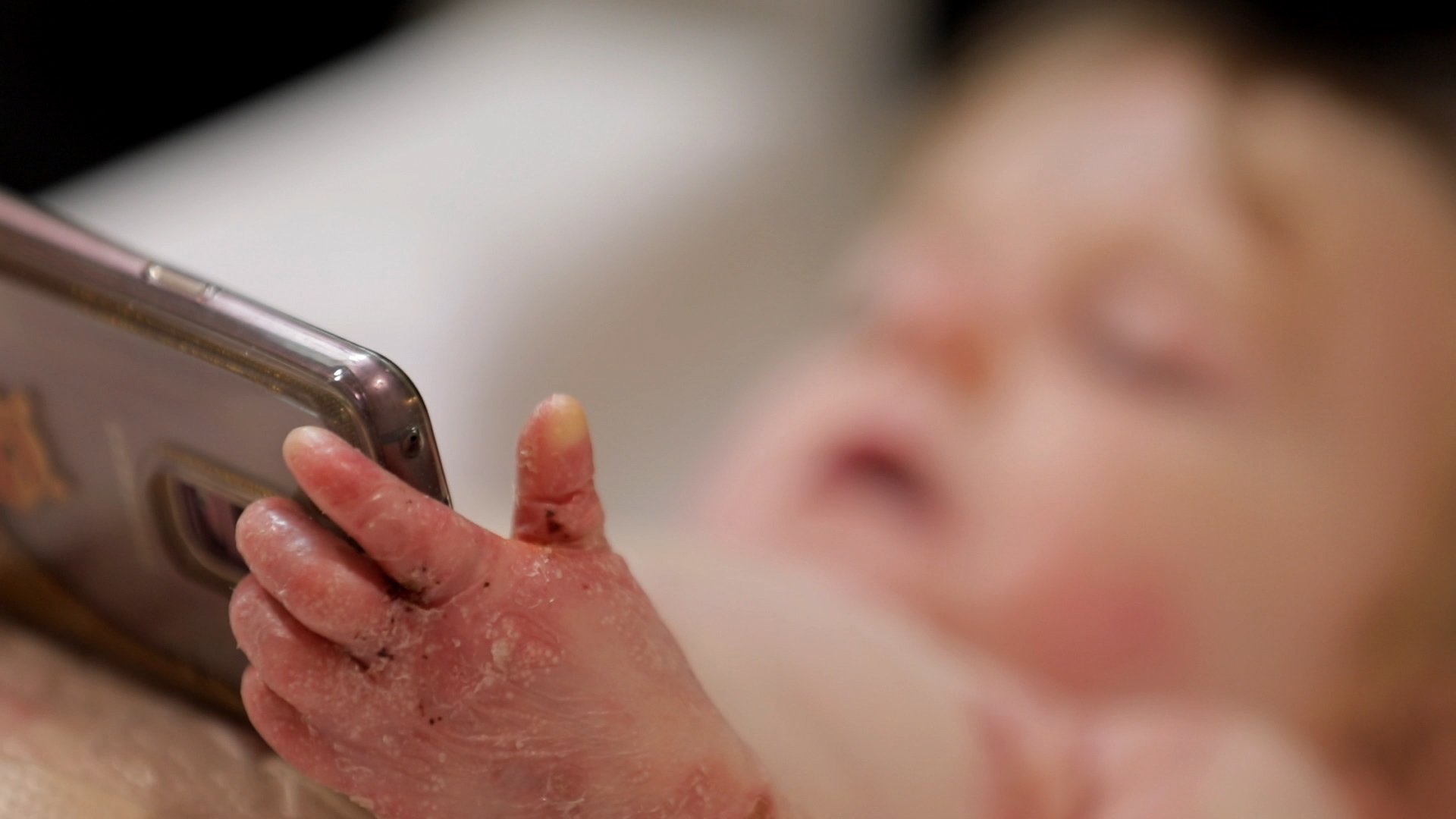
My family’s quality of life that has been provided to us by the scheme has definitely improved because financially, we wouldn’t be able to afford all the different types of dressings that Alexis is entitled to.” says Alarna.
For the couple, the mental challenges that come with having a young child with EB are taxing, but are often outweighed by Alexis’ incredibly infectious positivity. Alarna shares that “I do think about EB quite a lot, and how I sometimes blame myself for bringing her into the world, but I wouldn’t change anything regardless, even with the EB, because that’s who she is. She is a fantastic little girl, the EB makes her who she is, I just wish it wasn’t as painful for her. It affects every day of my life, I think about it all the time.”
